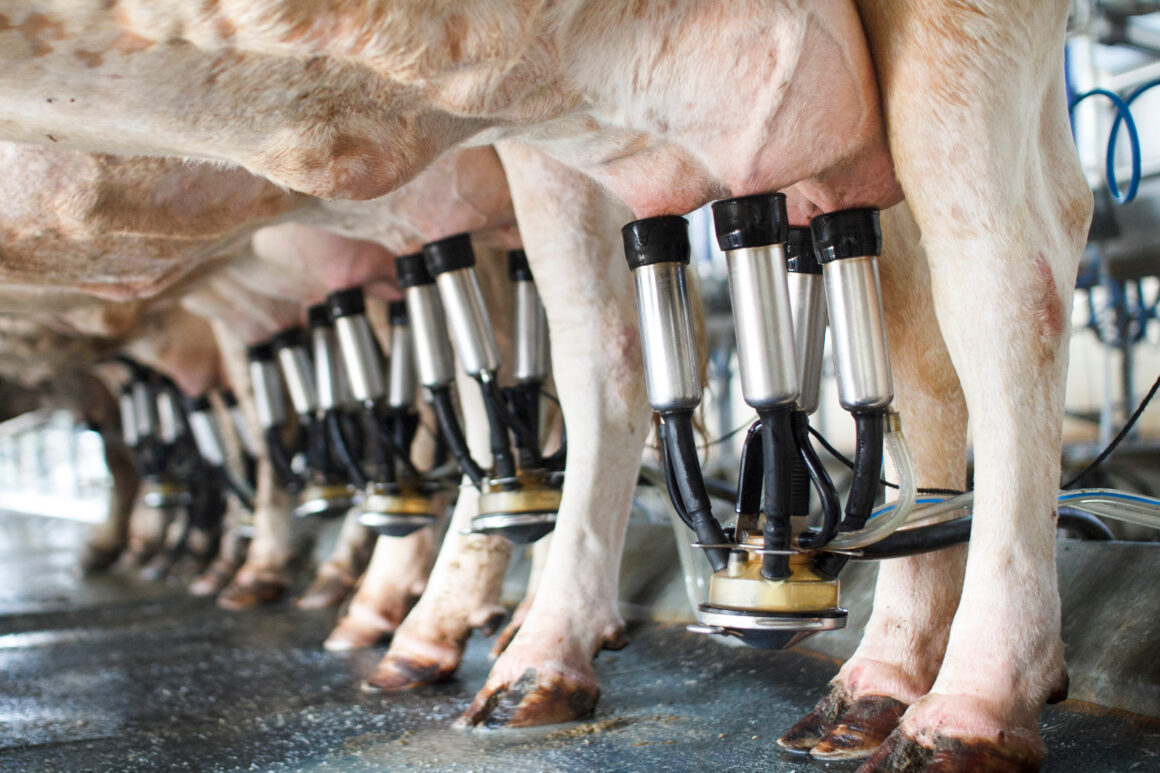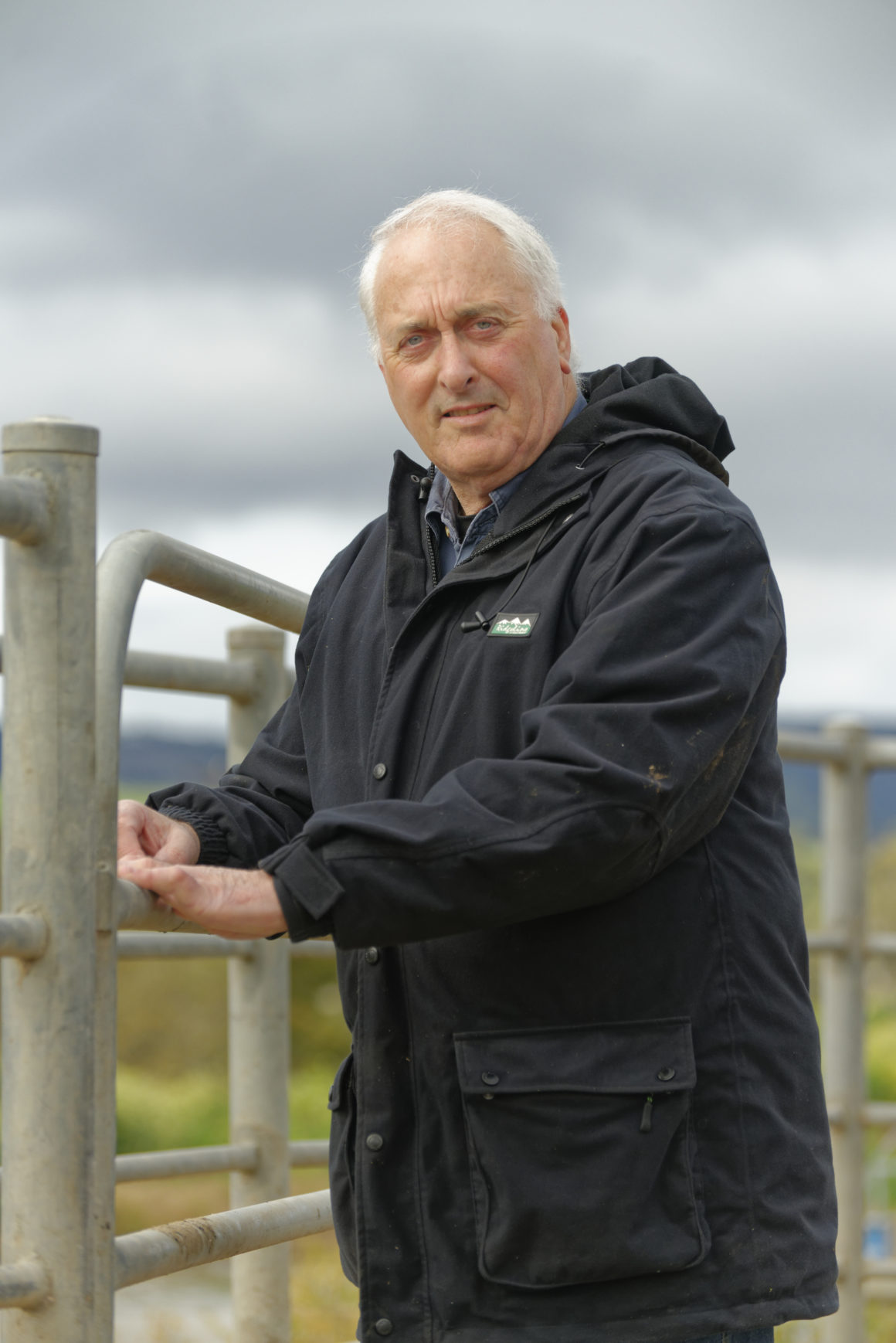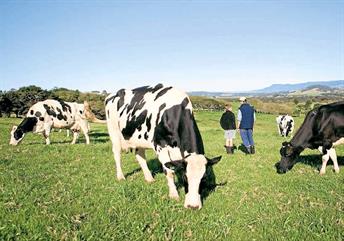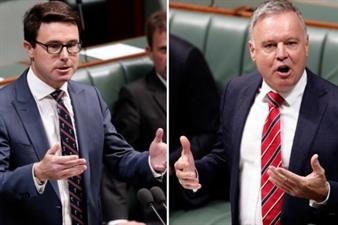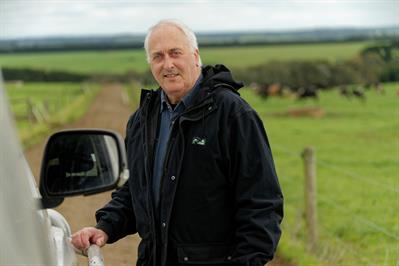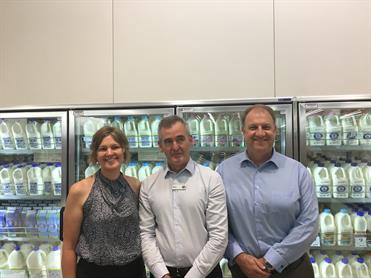The 2025 ADF Annual General Meeting (AGM) is scheduled for the week commencing the 24 November 2025 (date TBC).
As part of the meeting’s business, the election of Business Directors will take place. The nomination period is now open for candidates interested in standing for a Business Director position.
In accordance with the ADF Constitution, the Board must comprise of at least four (4) Business Directors, with no more than two (2) Business Directors from any one state. Additionally, the Constitution stipulates that a Business Director may serve a maximum term of three (3) years before being required to stand for re-election (clauses 4.3.1 and 4.3.2).
The current term for ADF Director Mr Rick Gladigau expires on the date of the AGM. Mr Gladigau is eligible and will be standing for re-election.
To be eligible to stand for election as a Business Director of ADF, candidates must meet the following criteria:
- Be in the business of dairy farming;
- Be a current and financial member of the recognised State based dairy farming organisation (as listed under clause 2.1.4 of the ADF Constitution);
- Be a business member of Australian Dairy Farmers Limited; and
- Meet the eligibility requirements under clause 4.2.2 of the ADF Constitution (Board composition – as outlined above)
Applications must be received by 5.00pm on Friday, 5 September 2025.
For further information or to apply, please contact the ADF Company Secretary, Sandra Ognibene via email sognibene@australiandairyfarmers.com.au

